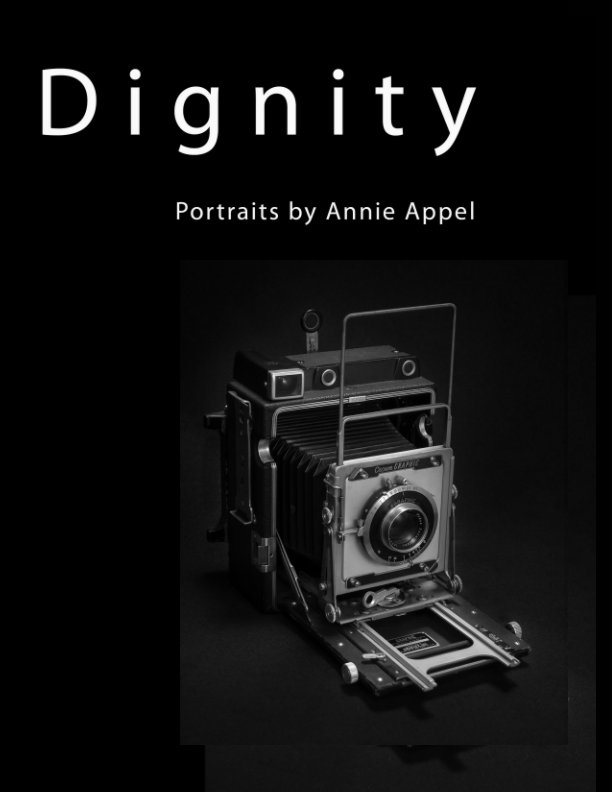Dignity
[a work in progress]
de Annie Appel
Este es el precio que tus clientes ven. Editar lista de precios
Acerca del libro
When you live across from the the Calvary Church you learn church awnings are perfect places to take shelter from sun and rain for people forced to live on the street. You try not to stare at people sleeping in the steady rotation of parked cars on the block, and you catch yourself thinking they're lucky not to be on the sidewalk. You convince yourself it's not safe to be intimate or familiar with people camped outside your front door. Not safe for you or for your family. Daily walks turn into months of daily walks, until a year goes by and you walk to the main post office in San Pedro, five blocks down and one block over, and see the row of tents along the back side of the building has exploded into rows of tents that wrap around three entire city blocks. Los Angeles officials report a 38 percent increase in five years of people living on the streets- numbers from before this Covid pandemic.
The day arrives when you can no longer remain mute and you reach for your hundred-year old 4x5 Crown Graphic - the most potent camera in your arsenal. You promise yourself to make portraits every Sunday morning on Beacon Street, asking people how long it's been since they’ve had a solid roof overhead and what it is they most need. Processing film in the kitchen leaves enough time to scan film and make prints for each person the following Sunday, if you can find them. If they haven't been arrested in yet another police raid. Tents confiscated along with personal possessions can be re-claimed at a precinct thirty miles away. Days later people are released from prison and return to their previous places on the sidewalks. They return because they’ve no other place to go than this patch of park overlooking the largest port in the country in the throes of redevelopment.
A close friend says, "the people in your portraits look just like ordinary people," and you explain that is the whole point. They are the we, and you realize you've no choice but to expand the essay.
The day arrives when you can no longer remain mute and you reach for your hundred-year old 4x5 Crown Graphic - the most potent camera in your arsenal. You promise yourself to make portraits every Sunday morning on Beacon Street, asking people how long it's been since they’ve had a solid roof overhead and what it is they most need. Processing film in the kitchen leaves enough time to scan film and make prints for each person the following Sunday, if you can find them. If they haven't been arrested in yet another police raid. Tents confiscated along with personal possessions can be re-claimed at a precinct thirty miles away. Days later people are released from prison and return to their previous places on the sidewalks. They return because they’ve no other place to go than this patch of park overlooking the largest port in the country in the throes of redevelopment.
A close friend says, "the people in your portraits look just like ordinary people," and you explain that is the whole point. They are the we, and you realize you've no choice but to expand the essay.
Sitio web del autor
Características y detalles
- Categoría principal: Libros de arte y fotografía
- Categorías adicionales Fotografía artística, Historia
-
Características: Carta de EE. UU., 22×28 cm
N.º de páginas: 64 - Fecha de publicación: sep. 18, 2020
- Idioma English
- Palabras clave humanity, journalism, unhoused
Ver más
Acerca del creador
Annie Appel Photography
Los Angeles, California
Annie Appel is a documentary/fine arts photographer whose work can be found in the permanent collections of the Smithsonian Museum of American Art, and the Los Angeles County Museum of Art, as well as private and corporate collections throughout the United States.


